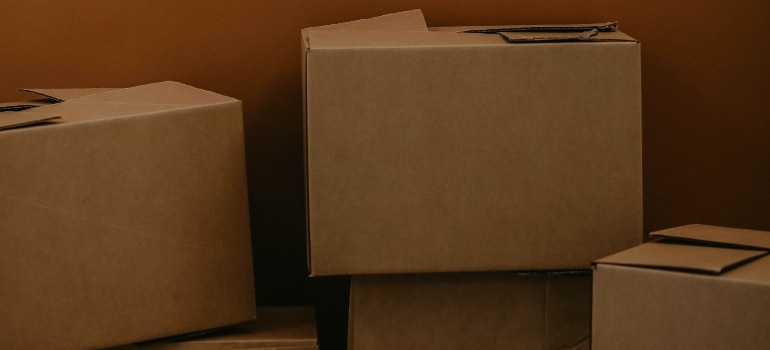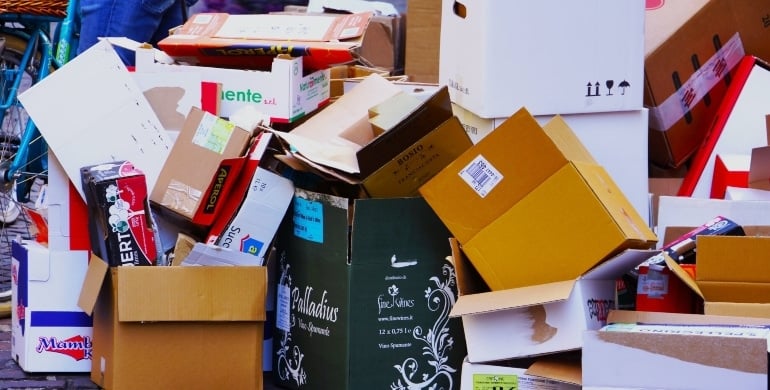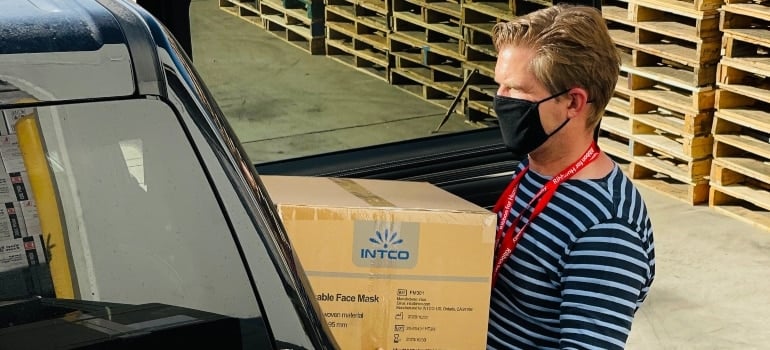The ultimate unpacking checklist
If everything went according to plan, you’ve arrived at your new home to find yourself surrounded by a maze of freshly delivered boxes, professional movers Miami can help you with that, but otherwise, this guide will tell you all you need to know. When you’ve successfully relocated to a new home, you’ll no doubt want to rejoice, but a part of you will tell you that it’s too early because you still have a lot of unpacking ahead of you. If you’ve just moved and have no idea where to begin, unpacking may be a stressful and scary experience, so an unpacking checklist is recommended. This means that unless you find any of your valuable and irreplaceable items broken when you open the boxes, you need not be too alarmed by what appears to be a difficult task ahead of you.
Start with cleaning
“Move-in ready” might mean different things to different people, so it’s important to know what you’re getting into. The first thing to do if the house isn’t clean enough for a new tenant is to tidy it up. Basement and attic storage, entryways and exits, medicine closets, refrigerators, and freezers—all of these may have been overlooked. Cleaning before unloading makes it a lot easier to get into the tiniest of spaces. Packing services Miami will also have a lot of useful tips on where to start.

Check your inventory
Make a point of checking each box now if you didn’t have a chance to before they were carried in. Make use of the inventory list provided by your moving company or one that you’ve made yourself. If a box is nowhere to be seen (missing in action), contact your mover immediately to resolve the issue.
Then come the necessities
The next step is to open the necessities bag (or boxes). When unloading your truck or moving your personal belongings, make sure to start with this box, as said in your unpacking checklist. In the short term, these are the essentials that will keep your home running well. If you haven’t already done so, quickly search through your belongings for everything you’ll need for at least a few nights. Typical items on this list include toiletries, medicines, books, important papers, phone and computer chargers, and a few kitchen essentials.
The kitchen should be your priority
It’s time to put away the kitchen items now that the boxes have been unloaded. If you labeled the boxes appropriately, your search should be simple. If you have the time, begin by lining your kitchen cabinets and cupboards. Prepare only the bare requirements like pots and pans, if speed is of the essence. All major appliances, as well as smaller ones like a toaster and coffee machine, should be connected. Once the rest of the home has been unloaded, the kitchen may be fully arranged.

Try to make a plan
This is only half the battle if you know how to unpack correctly. Unpacking will go much more smoothly if you have a plan and stick to it, like an unpacking checklist; otherwise, you may experience some dramatic outbursts or high-tension situations. To avoid the stress of moving, you no longer have to worry about meeting a deadline; instead, you can unpack whenever it’s convenient for you. You can also ask white glove packing to help you with the plan if you decide to hire them.
Examine your possessions
It is the responsibility of renters who have hired moving services to look over their possessions for damage. Damaged boxes may appear crushed or shredded. There’s a chance their contents may be checked for risk. If you’re moving electrical equipment during the winter, wait until it’s at room temperature before plugging it in. Unless there is visible damage to the item, movers will not be held liable if a device fails to turn on or suffers from poor video quality if there is no visible damage. Examine the furniture for any new stains, scratches, or dings that didn’t exist before the move. Damage should be reported to the moving company or the tenant’s insurance company if the damage is discovered.
Deal with utilities last
It is common for utility areas like the garage and cellar to be the final rooms to be unloaded. Before you start unpacking, go through your garage and get rid of everything you no longer need. Make sure you have all the tools and materials you’ll need for your new house. Storage containers and utility shelf units are examples of this sort of product. Patio, deck, and garden items can be unloaded last and assembled at your own speed. For those relocating in the summer, setting up a barbeque grill early will allow you to cook while the kitchen is being constructed.

Call your utility providers
When renting a home, prospective renters are responsible for contacting the utility company to change their service to their name. In order to avoid billing the previous resident for services given earlier, tenants should mention the move-in date. Many renters may wish to consider setting up cable or internet service as a form of entertainment. It’s advisable to contact as soon as possible after moving in, as it may take a few days to send a service representative to the property. The only thing you need to do before that is to check on the Better Business Bureau before hiring anybody.
Start unpacking everything else
It’s time to unpack your belongings, by following the unpacking checklist. Begin by figuring out what resources you’ll need to get started right away. Start in the kitchen because food is the most important thing you and your helpers will require. Be prepared to feed yourself and your family for as long as it takes to unpack everything. Additionally, feeding those who helped you move is a thoughtful gesture, and having early access to the kitchen makes this possible. It is best to unpack your bedroom and bathroom first so that you can get some shut-eye and take a shower. Getting enough sleep, brushing your teeth, and going to the restroom is essential to maintaining a healthy lifestyle. Allow yourself early access to a bed and a shower so that you can recharge for the next day’s unpacking.
